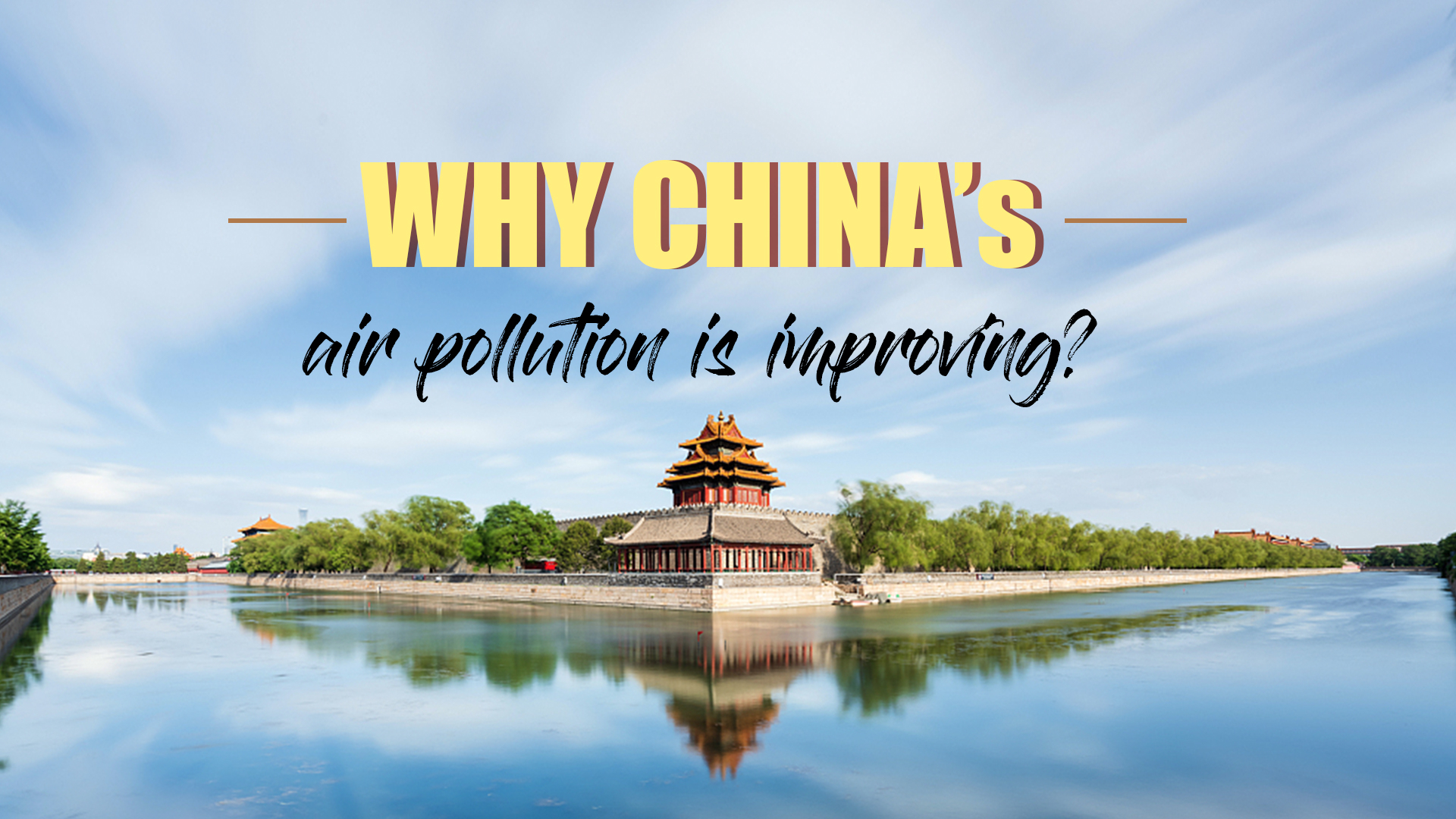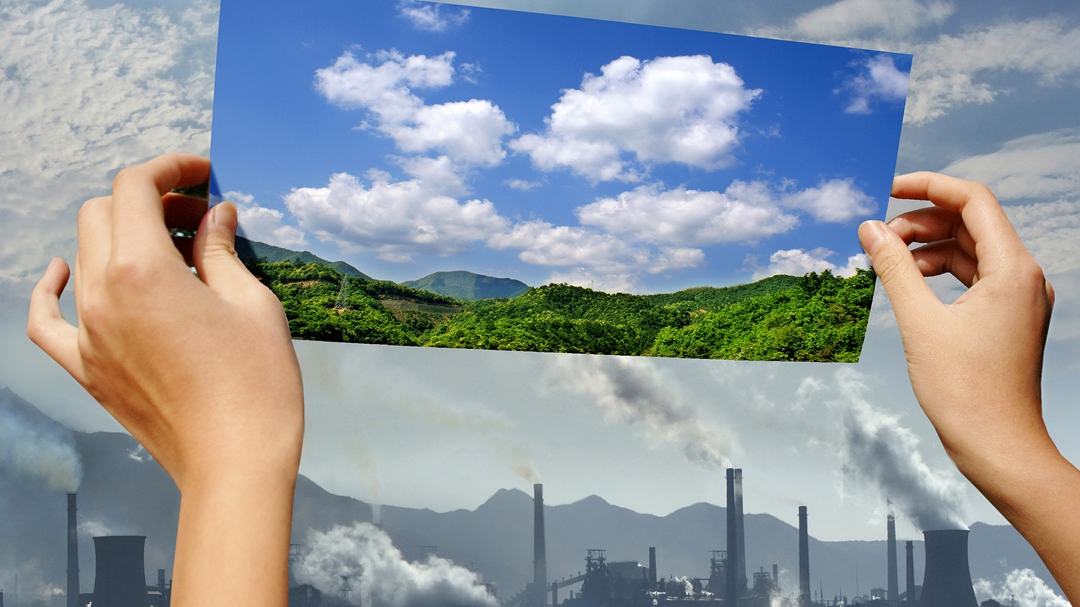
Environment
19:53, 05-Jun-2019
The battle for blue skies: How China improved its air quality in record time
Updated
21:26, 05-Jun-2019
CGTN
10:49

Over the past four decades, China's economy has maintained rapid growth and drawn worldwide attention with its achievements. However, the pollution that comes with it, particularly that of the air, has also attracted global attention.
Smog was once nearly a synonym for China, and it seriously threatened people's health, their daily lives and work.
But things have changed dramatically over the past five years.
In 2013, the average number of smog days reached its highest record in China in 52 years, and its impact had extended to every socio-economic aspect. Calls to tackle smog were accumulating.
Last year, the proportion of average "good air" days in 338 prefecture-level cities across the country reached 79.3 percent, and people have found that they need to wear facial masks less often.

VCG Photo
VCG Photo
If we look back on history, it took Los Angeles and London more than 50 years to tackle their air pollution problems.
Unlike those two cities, China's air pollution was more complicated and compounded by varying regional climates and environments, so the challenge to control smog was more significant.
Nonetheless, China achieved emission-reduction results that developed Western countries had taken decades to attain.
How did China manage to improve its air quality in such a short time?
Smog control needs to be preceded by relevant legislation. In 2012, China issued new air quality standards. It was the first time that the national air quality standard included levels of PM2.5 concentration. In the next year, China issued an action plan for air pollution control.
The country also improved its dedicated laws, regulations and emission standards, while introducing new ones preventing and controlling air pollution and providing critical support for smog control.
But the key to smog control and air-quality improvement lies in eliminating the root causes and scientifically understanding what and how air pollutants are formed so that they may be prevented and controlled.
China is resorting to technology to tackle smog. With specialized tools, scientists can measure pollutants in different areas and see how the formation is different, thus taking more targeted measures.
The achievements have been remarkable. But if China wants to further significantly reduce the concentration of PM2.5 and strives to increase the proportion of average "good air" days to surpass 80 percent, it needs to continue its race of winning the battle for blue skies.

SITEMAP
Copyright © 2018 CGTN. Beijing ICP prepared NO.16065310-3
Copyright © 2018 CGTN. Beijing ICP prepared NO.16065310-3